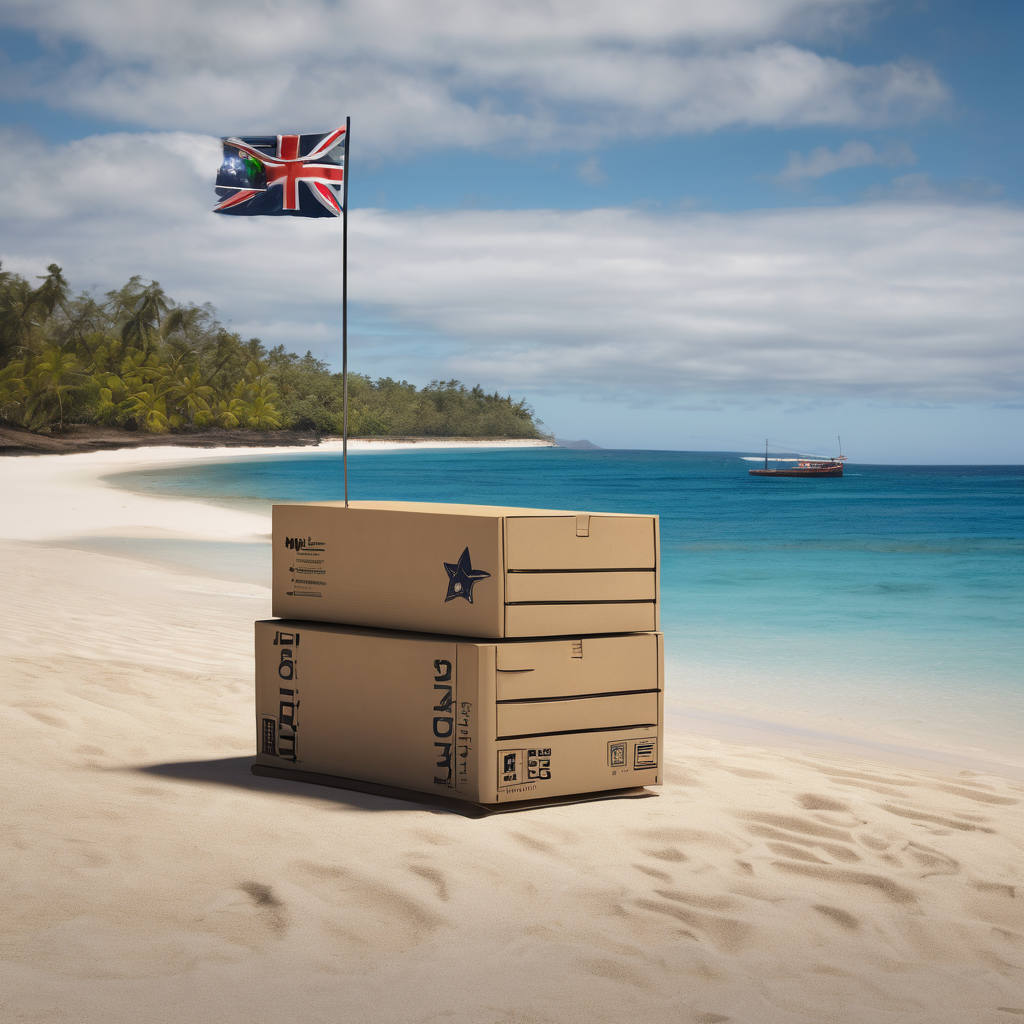Australia remains the largest foreign aid donor in the Pacific, even as other Western nations such as the United States, United Kingdom, and New Zealand have made significant cuts to their funding. According to the Lowy Institute’s Pacific aid map, Australia’s aid levels are expected to stabilize through 2028, largely due to its increasing focus on infrastructure lending, which aims to counterbalance the reductions from other donor countries.
Riley Duke, the lead author of the report, pointed out that Australia’s enduring aid commitment and rapid growth in infrastructure support will mitigate the adverse impacts of funding cuts on the Pacific region. Projections indicate that by 2028, Australia could provide more than double the total assistance of Japan, New Zealand, the United States, France, Germany, and the United Kingdom combined. Currently, Australia constitutes 43 percent of official development finance in the Pacific, which is significantly larger than New Zealand’s share, four times over.
Recent statistics reveal a 16 percent drop in total foreign aid, decreasing to around $5.5 billion (US$3.27 billion) in 2023 compared to the previous year. This decline follows extensive cuts during the Trump administration that have inadvertently elevated Australia’s influence in the region. Meanwhile, while China’s aid strategy has shifted from large-scale loans to smaller community initiatives and grants, its overall spending has remained stable, helping it to forge stronger grassroots relationships within Pacific communities.
Despite perceptions that U.S. aid cuts have been overstated, they have nonetheless influenced Washington’s reputation in the region, creating an environment in which Australia’s role becomes increasingly essential to counteract China’s growing influence. Alexandre Dayant, lead of the Lowy Institute’s project, noted that as the U.S. steps back, Australia faces a challenging situation in balancing against this rising influence.
In response to these geopolitical dynamics, Australia is also working alongside South Pacific nations, including Chile, Fiji, France, New Zealand, Papua New Guinea, and Tonga, to strengthen disaster response mechanisms. The 2025 South Pacific Defence Ministers’ Meeting, held in Chile, saw Defence Minister Richard Marles unveil strategies aimed at establishing a robust regional response framework, with New Zealand poised to lead a shared command center starting in mid-2026.
These developments underscore Australia’s commitment to promoting stability and development in the Pacific region while navigating shifting geopolitical landscapes. By boosting foreign aid and focusing on infrastructure initiatives, Australia aims to reinforce its position as a key player in fostering resilience and sustainable growth among Pacific Island nations, working towards a positive future for the region.
